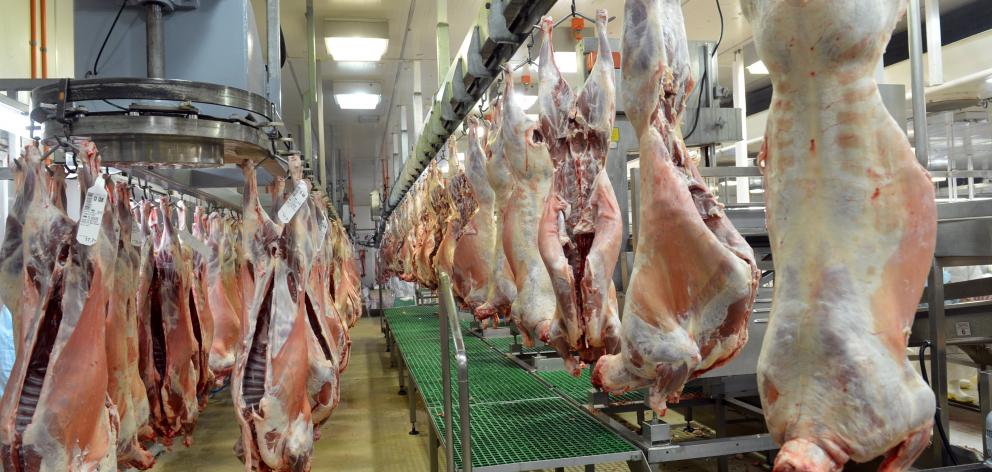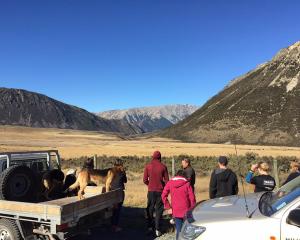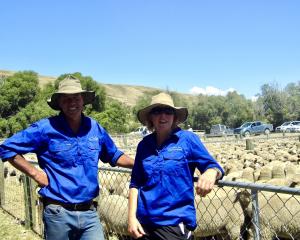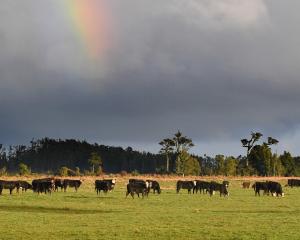
It was driven by high export volumes and average free-on-board per tonne at record values for lamb and mutton and near record values for beef, while the New Zealand dollar had remained relatively strong.
In a statement, B+LNZ chief economist Andrew Burtt said lamb and mutton farmgate prices were up 30% and 59% respectively for the first quarter of the season (October-December) compared with the previous season, while cattle prices were relatively steady, up 5%.
Average value per tonne for exports started high after strong growth in the 2016-17 season and had remained strong despite higher processing volumes so far in 2017-18, Mr Burtt said.
While production was high in the first quarter of the 2017-18 season, B+LNZ’s economic service, in its 2017-18 new season outlook, forecast lamb and beef production would be about the same as in 2016-17, but mutton production would be down 9.1%.
Beef and veal exports generated $588 million in the first quarter of the 2017-18 season, up 29% compared with the corresponding period last season and the second-highest on record for the December quarter, behind only the 2015-16 season.
New Zealand lamb export receipts reached a record high of $677 million, up 47% on the corresponding period in 2016. Mutton exports reached a record high of $146 million, up 93%, driven by strong increases in volume and average value per tonne. The previous record was $96 million in 2015.
ANZ’s latest commodity price index said meat and fibre prices were mixed in December. Lamb prices rose 1.9%, finishing the year 15% higher.
While local supply picked up, low frozen inventories, procurement pressure and demand for specialty occasions continued to underpin prices.
Venison prices were steady going against the normal seasonal drop-off, while beef prices slipped 4.8% as seasonal supply factors and the completion of Chinese New Year orders weighed on prices, ANZ agri-economist Con Williams said.













